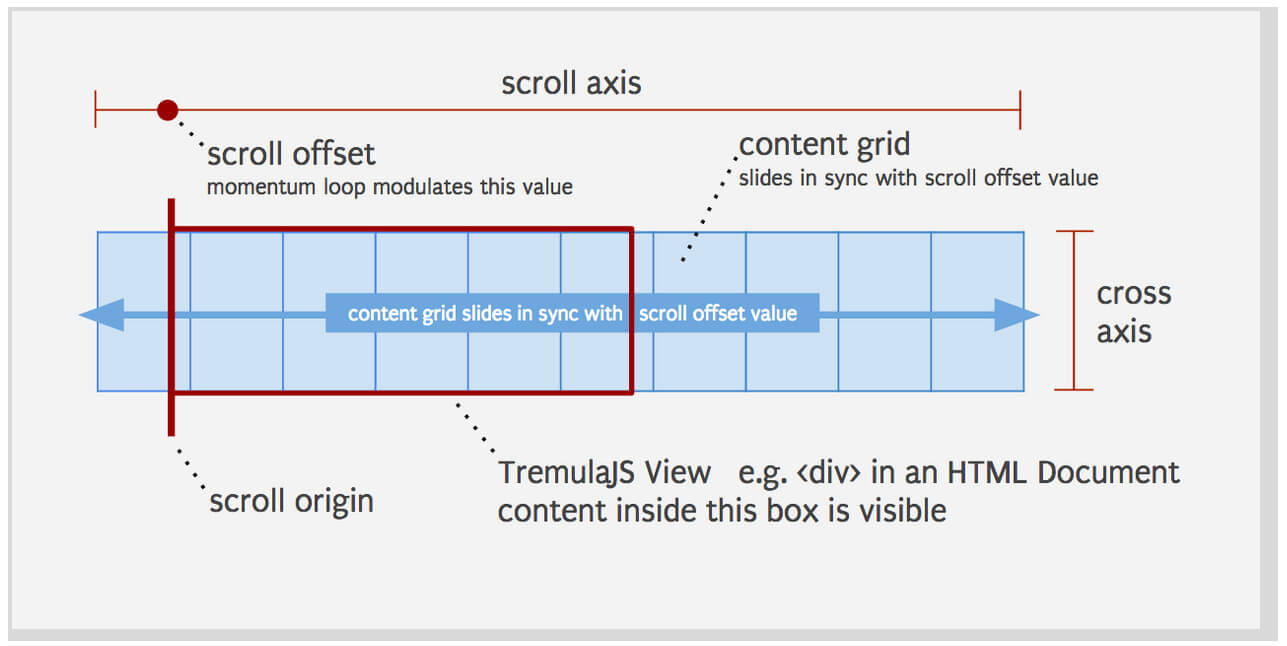Get a Random Array Item with JavaScript
JavaScript Arrays are probably my favorite primitive in JavaScript. You can do all sorts of awesome things with arrays: get unique values, clone them, empty them, etc. What about getting a random value from an array?
To get a random item from an array, you can employ Math.random:
const arr = [
"one",
"two",
"three",
"four",
"tell",
"me",
"that",
"you",
"love",
"me",
"more"
];
const random1 = arr[(Math.floor(Math.random() * (arr.length)))]
const random2 = arr[(Math.floor(Math.random() * (arr.length)))]
const random3 = arr[(Math.floor(Math.random() * (arr.length)))]
const random4 = arr[(Math.floor(Math.random() * (arr.length)))]
console.log(random1, random2, random3, random4)
// tell one more two
As for when you would need random values from an array is up to your individual application. It's nice to know, however, that you can easily get a random value. Should Array.prototype.random exist?





It is worth noting if you’ve already got underscore or lodash included in your project, you can simply use _.sample. E.g.